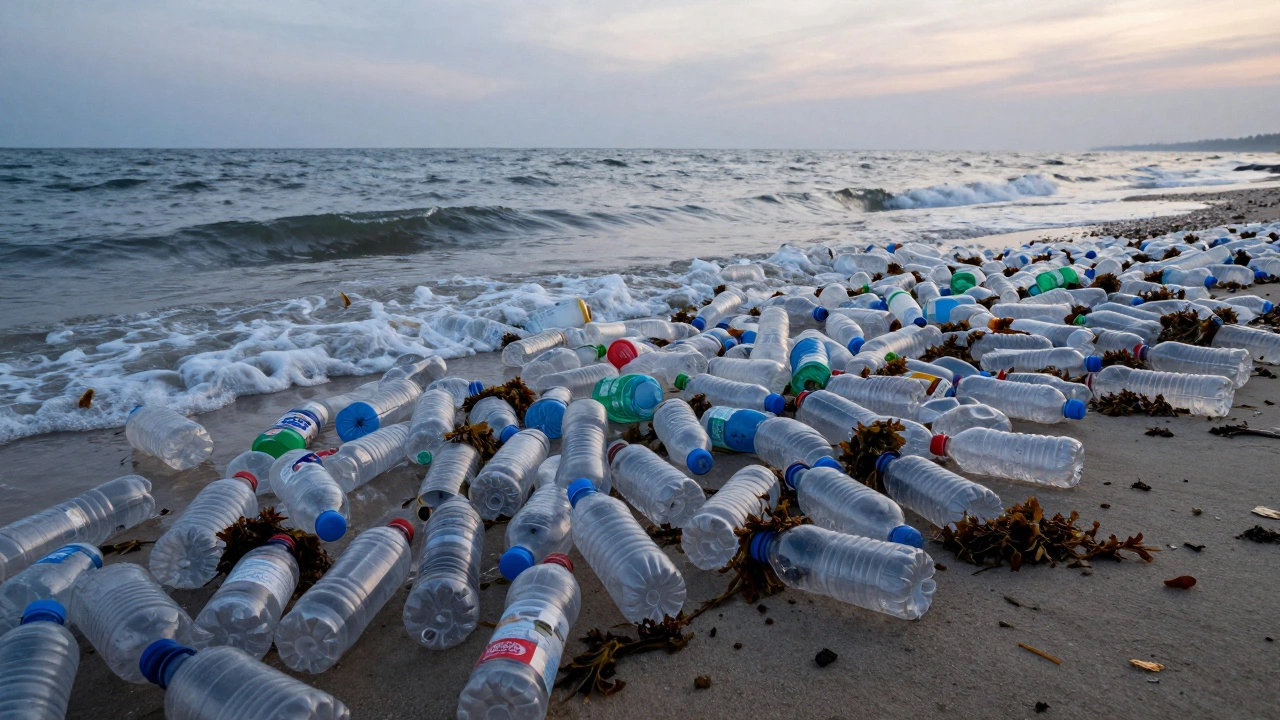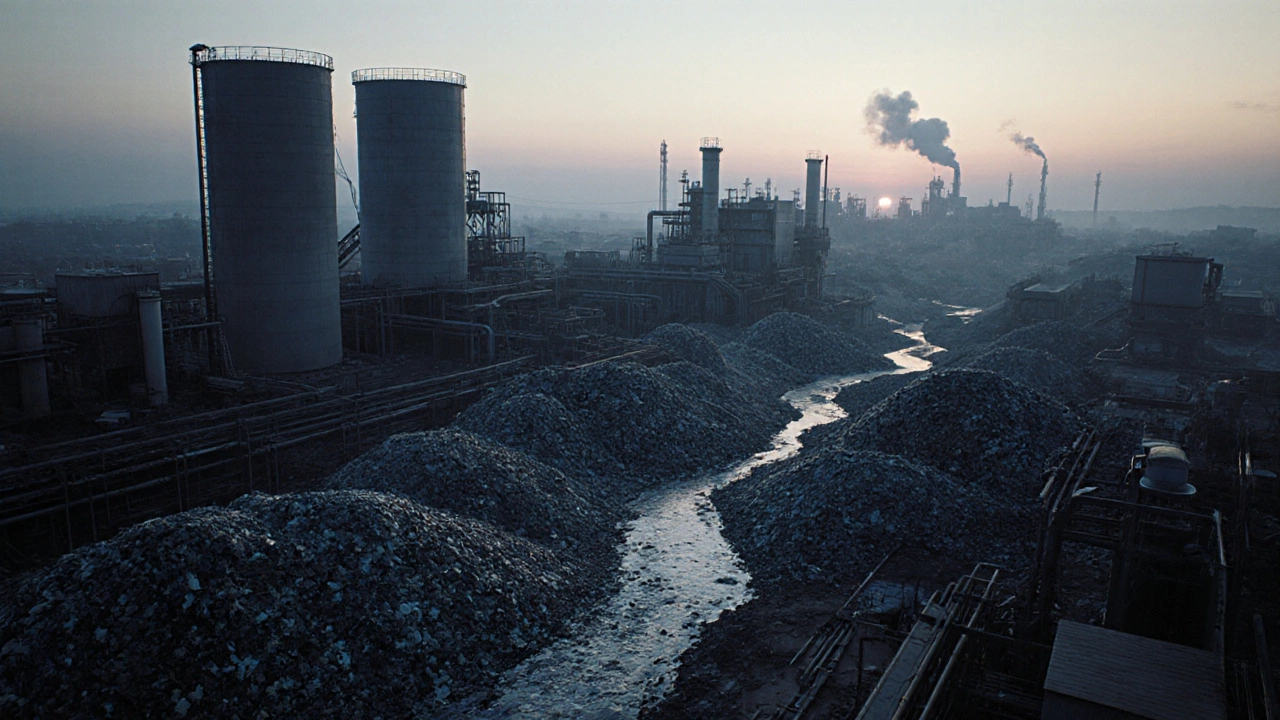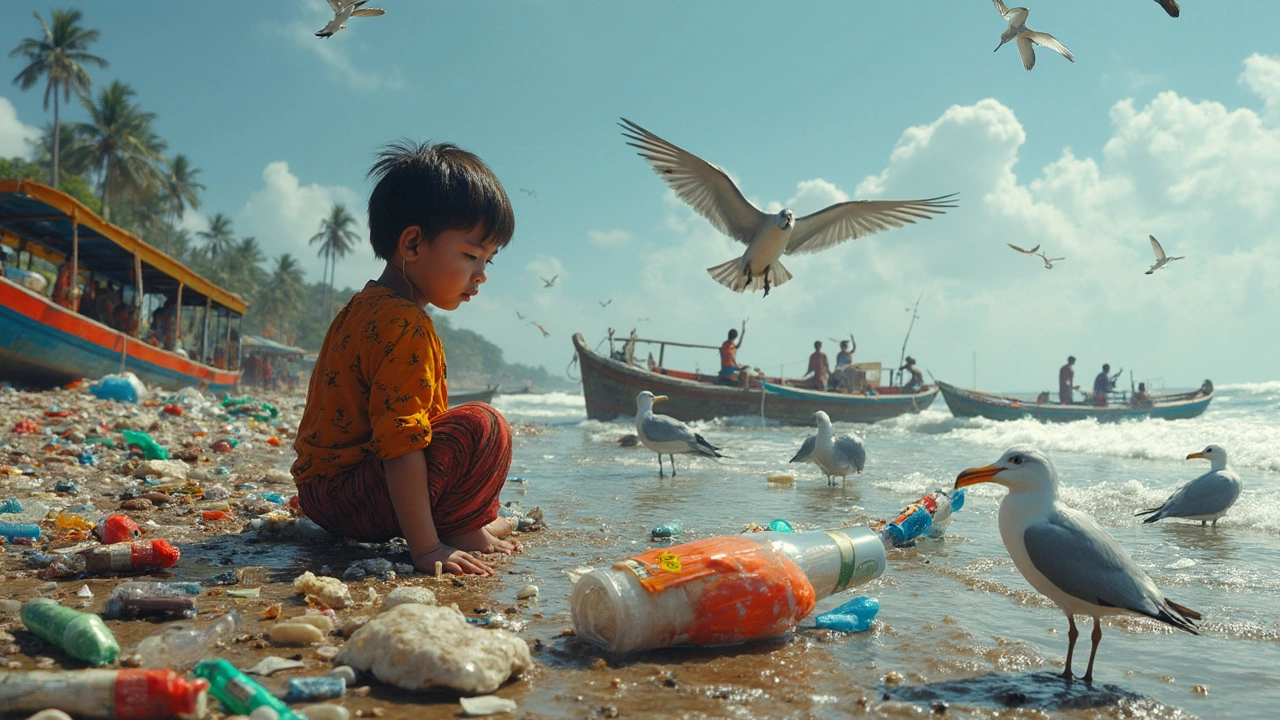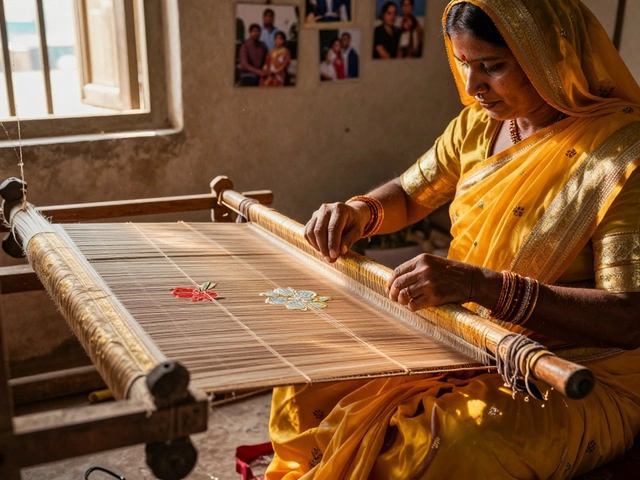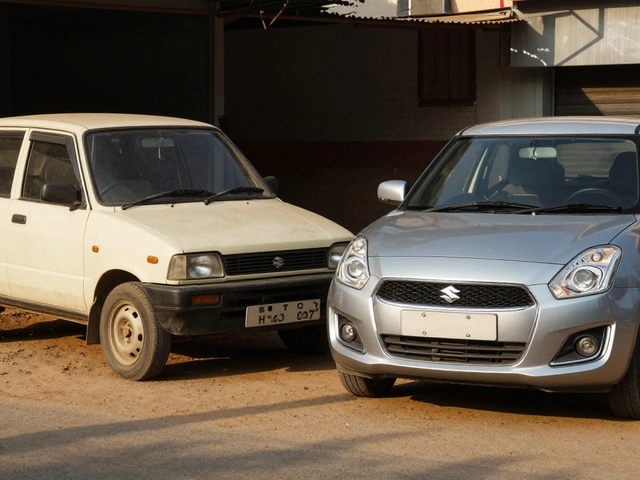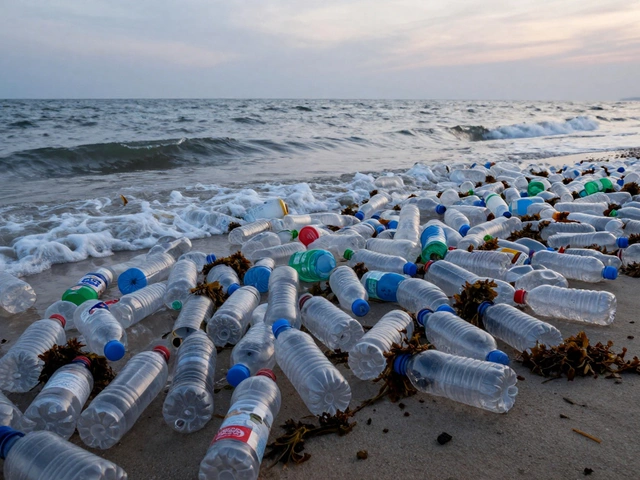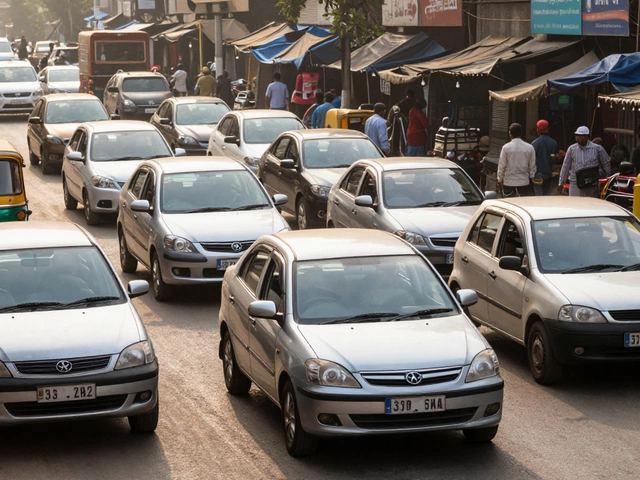Plastic Pollution: Real Impact and Simple Actions
Every time you grab a bottle, a bag, or a straw you’re adding to a problem that’s choking our streets, rivers, and oceans. In India the amount of plastic waste has exploded in the last decade, and the cost isn’t just visual – it hurts people’s health, costs the economy, and threatens wildlife.
Why Plastic Pollution Matters
Plastic doesn’t disappear. A typical PET bottle can stay intact for more than 400 years. When it finally breaks down, it turns into micro‑plastics that slip into drinking water, soil, and even the air we breathe. Studies in major Indian cities have found micro‑plastics in tap water and in the fish caught from local rivers. That means the plastic you toss away can end up on your plate.
Beyond health, the waste piles up in landfills that are already overflowing. Open dumping creates fire hazards and releases toxic fumes when the plastic burns. The government estimates that unmet waste management costs the country billions of rupees each year, a burden that falls on taxpayers.
Wildlife suffers too. Animals mistake loose bags for food, leading to blockages in their digestive systems. In coastal areas, turtles hatch on beaches littered with plastic, and many never make it to the sea. The loss of biodiversity has ripple effects on fisheries, tourism, and the overall ecosystem.
Everyday Ways to Cut Plastic Use
Good news: you don’t need to become an activist overnight to make a difference. Small habits add up. Start by swapping single‑use bottles for a reusable steel or glass one. Carry a cloth bag when you shop – most Indian retailers now keep them at the checkout.
When you order food, ask for no plastic cutlery or ask for paper alternatives. Many restaurants are happy to comply if you mention it. At home, store leftovers in glass containers instead of plastic wrap. It’s cheaper in the long run and you avoid the chemicals that can leach from cheap plastics.
Recycling is another powerful tool, but only if you do it right. Separate your waste at the source: keep PET bottles, HDPE containers, and paper apart. Many municipalities now provide separate bins or pick‑up services. If your area lacks a system, look for community collection points or NGOs that run recycling drives.
Finally, support brands that use biodegradable packaging or are moving toward a circular model. When you choose products with minimal plastic, you send a clear market signal that encourages more companies to follow suit.
Plastic pollution feels huge, but each conscious choice chips away at the problem. By understanding the impact and tweaking everyday habits, you help keep our streets cleaner, our water safer, and our future brighter.
What Is the Most Thrown Away Plastic Item? The Shocking Truth Behind Single-Use Plastics
Plastic water bottles are the most thrown away plastic item on Earth, with over 500 billion used yearly. Less than 10% are recycled. The problem isn't consumers - it's corporate overproduction and broken systems.
Read MoreTop Plastic Manufacturers Generating the Most Waste in 2025
Discover which plastic manufacturers generate the most waste, why they do it, and what actions can cut industrial plastic pollution.
Read MoreWho’s Really Dumping Plastic in the Ocean? Shocking Facts and How It Happens
Ever wondered who’s actually behind all that plastic in the ocean? This deep dive uncovers which countries, industries, and everyday habits are dumping plastics, how it all adds up, and what you can do to stop it. Shocking facts, real examples, and smart tips you can use right away. Perfect for readers who want the truth about ocean plastic and actionable advice. Find out why your soda bottle might end up in the Pacific, even if you live nowhere near the sea.
Read More